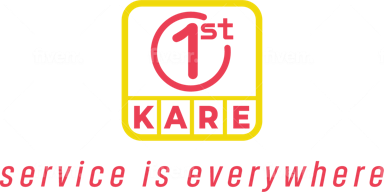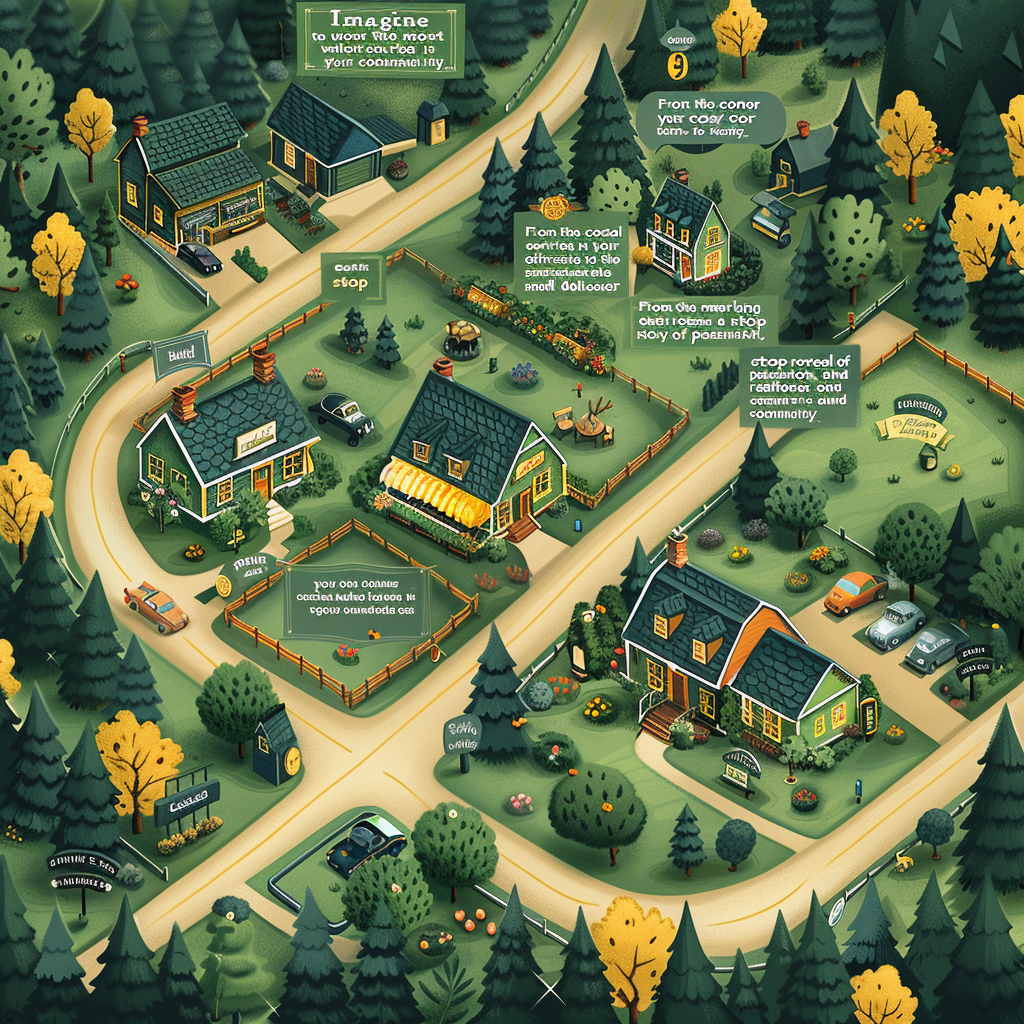
For decades, Americans have watched housing prices soar, costs of living rise, and wages stagnate. Despite the illusion of prosperity created by market booms, the reality is stark: the gap between the wealthy and everyone else continues to widen. Each time the economy nears a critical "bust"—a necessary correction to flush out inefficiencies—policymakers intervene with stimulus or lowered interest rates, kicking the can further down the road. But what happens when we endlessly postpone these corrections? This article explores the roots of our economic imbalances, the consequences of artificially prolonged booms, and why controlled "burns" are essential for a healthier, more equitable economy.
1. A Look Back: When Factory Jobs Built the American Dream
1960s Reality
- After World War II, many Americans found stable factory work. Wages were strong enough to buy a home, support a family, and send kids to college.
- Companies and unions frequently negotiated profit-sharing. Workers felt like they had a stake in the company’s success.
What changed?
Over time, businesses moved away from this model. Workers saw their benefits shrink, and wages no longer kept up with the rising cost of living. The U.S. economy also shifted away from heavy industry and manufacturing, and the safety net that unions once provided became weaker.
2. The ‘Winner-Takes-All’ Economy
Gap Between Rich & Poor
- Today, top earners own an ever-larger slice of the wealth, while middle- and lower-income Americans struggle.
Speculation Over Investment
- Instead of investing in long-term growth and job creation, many people with access to cheap money (low interest rates) poured it into short-term speculation—like flipping houses, day-trading stocks, etc.
- This drives prices up, locking out average people from opportunities.
Why does this happen?
Because policymakers (like the Federal Reserve) keep interest rates artificially low for extended periods, enabling easy borrowing. That easy money often goes into chasing asset prices higher, rather than creating sustainable economic value.
3. Repeated Booms, Few True Busts: The Myth of ‘Boom-and-Bust’
Contrary to popular belief, we haven’t had a consistent “boom-and-bust cycle.” Instead, the Fed and government interventions often sidestep the bust phase:
- Booms Happen
When interest rates are lowered, borrowing becomes cheap. Real estate, stocks, and other assets shoot up in price. - Bust Threatens
Over-leveraged speculators and companies start running out of steam as bubbles form. - Policy Rescue
Policymakers step in with bailouts, lower rates again, or inject liquidity into the market.
The bust doesn’t fully materialize; instead, we experience a short dip or a mild recession, then another boom begins.
This approach prevents the deeper, more painful recessions that would force out inefficient businesses and reckless speculators. But it also carries forward all the imbalances—like ballooning asset prices and widening inequality—into the next boom.
4. The Nature Analogy: Prescribed Burns vs. Uncontrolled Wildfires
Nature demonstrates the importance of balance:
- Overgrown Forests: Underbrush can accumulate to the point of creating a massive, uncontrollable wildfire.
- Prescribed Burns: Foresters may burn small sections intentionally to clear excess brush, promoting healthier growth and preventing catastrophic fires.
Economic Lesson
- A controlled economic “burn” (i.e., allowing a recession or a market correction) removes speculative excess. It’s painful but short-lived, helping restore asset prices to sustainable levels.
- Avoiding these corrections entirely is like letting underbrush keep growing—eventually, an unstoppable wildfire (major crash) might sweep through, causing far more damage.
5. The Federal Reserve’s Role: Borrowed Time
The Federal Reserve (the “Fed”) manages the money supply and sets baseline interest rates. Over the past few decades, we’ve seen:
- Extended Periods of Low Rates
Cheap borrowing fueled speculation in real estate and the stock market. Prices kept rising, making basic necessities (like housing) increasingly unaffordable for working families. - Minimal Real Corrections
Instead of allowing a true bust that would drive prices down, the Fed often steps in to prop up the market.
This keeps the “party” going, but magnifies the underlying imbalances.
Why We Eventually Need a Correction
- Without the occasional bust, speculators see no downside to risky bets.
- Wealth continues to concentrate in the hands of those who can access and manipulate cheap money.
- The average person suffers through higher costs of living while wages stay stagnant.
6. How Constant Booms Hurt the Average American
When policymakers intervene to avoid a full bust:
- Housing Becomes Unaffordable
Speculators buy real estate in bulk, driving home prices up. First-time buyers can’t compete, especially if wages don’t rise proportionally. - Wealth Concentration
Well-capitalized investors borrow at low rates to buy more assets, pushing prices up further. Ordinary families without large capital reserves miss out on these gains. - Bigger Bubble, Bigger Pop
Each round of intervention postpones the correction, but also inflates the bubble even more. When a reckoning eventually comes, the fallout can be catastrophic (e.g., 2008).
7. The Upside of a Real Bust (Yes, It Can Be Healthy)
As counterintuitive as it sounds, allowing a genuine bust once in a while can be beneficial:
- Removes Inefficiency: Companies and investment schemes that rely solely on cheap credit and gambling go bankrupt.
- Resets Asset Prices: Housing, stocks, and other investments come back to affordable levels, aligning with real incomes and real value.
- Establishes Trust in the Market: Investors recognize that speculation has consequences, making them more cautious and fostering a culture of responsible growth.
8. Government’s Responsibility
Good stewardship of the economy means:
- Protecting Citizens, Not Just Investors: Policy shouldn’t cater primarily to Wall Street but also consider Main Street—housing affordability, job stability, and equitable growth.
- Ensuring Real Competition: Encourage businesses that innovate or produce long-term value rather than those focusing on short-term speculation.
- Relying on ‘Prescribed Burns’: Policymakers should allow or even facilitate mild recessions or corrections to prevent a catastrophic meltdown later.
9. A Simple Motto: Follow Nature’s Lessons
- Controlled Burns: Like forests, economies need occasional corrections to maintain long-term health.
- Balance Investment and Speculation: Real economic growth is driven by actual investment—roads, factories, technology, and jobs—not just flipping assets for quick profits.
- Social Stability Through Inclusion: When the economy works for everyone, it reduces inequality, social tensions, and the risk of more extreme political or social upheavals.
10. The Ideological Economic Shift: From Shared Wealth to ‘Trickle-Down’
An additional factor in today’s inequality stems from a strategic shift in economic policy:
- Rise of Supply-Side Economics: Arthur Laffer, a Stanford University professor, popularized the concept often called “trickle-down” economics. The idea: If wealth is focused at the top, it will eventually trickle down to the people at the bottom.
- Ronald Reagan’s Implementation: This philosophy was first put into large-scale practice by Ronald Reagan and remains influential today.
- Why It’s Failing: Real-world evidence shows the benefits have not meaningfully “trickled down.” Instead, wealth gets concentrated among those at the top. If a system does not work, one would expect it to be abandoned—yet, those at the top hold tremendous influence over policymakers, preventing meaningful reforms.
All Roads Lead to the Federal Reserve
While the Fed cannot directly end “trickle-down” economics, it has tremendous power to slow the rate at which people at the top accumulate wealth. By setting higher interest rates or reducing stimulus during overheated periods, the Fed could help curb speculation and ensure asset prices don’t spiral beyond reach for ordinary Americans.
11. The Paul Volcker Example: When the Fed Acted Beyond Politics
The Federal Reserve is meant to be independent, controlling the nation’s economic policy without political pressure. The last modern-day Fed Chair widely seen as truly independent was Paul Volcker, appointed by President Jimmy Carter.
- High Rates to Tame Inflation: Volcker sharply raised interest rates to curb soaring inflation in the late 1970s and early 1980s. While inflation did come down, it contributed to a recession that hurt Carter’s reelection chances.
- Non-Political Focus: Volcker wasn’t protecting the assets of the wealthy; he was focused on the broader economic picture—even if it meant short-term pain. Since Volcker, many argue that the Fed’s ultra-low-interest-rate policies have been more protective of asset markets (benefiting the wealthy) than the general economic well-being of the public.
Why It Matters
- Without Independent Leadership: The Fed may continue policies that favor investors and speculators, leading to more asset inflation and wider inequality.
- Wealth Accumulation at the Top: Ultra-low interest rates fuel speculative booms, letting a small minority repeatedly multiply their holdings.
- Worsening Inequality: As housing, education, and essential goods become more expensive, those with fewer resources get squeezed further.
12. Conclusion: We’re Living on Borrowed Time
We’ve seen multiple booms fueled by low interest rates and speculative money, but we haven’t allowed the real “busts” that would reset and stabilize the system. While it might feel like an endless party for some, that party has increasingly locked out ordinary Americans from homeownership, fair wages, and financial security.
At some point, every bubble bursts—if we don’t manage a controlled burn, a wildfire-scale crash could be on the horizon. It’s far better to endure short-term pain (a mild recession) than to face the devastation of a major collapse.
Key Takeaways
- Booms Without Busts Are Unsustainable
Speculation spirals out of control without periodic corrections. - Policy Matters
The Fed and government interventions can either extend a bubble or “prick” it at more manageable levels. - Housing Affordability & Wage Growth
Main Street issues are overshadowed when asset prices soar and speculation becomes rampant. - Think Long-Term
Like nature’s controlled burns, small resets create healthier forests—and healthier economies.
By recognizing the lessons nature teaches us, and by accepting that the occasional bust is part of a healthy cycle, we can steer our economy toward a future where prosperity is broad-based and enduring—rather than an endless party for the few, at the expense of everyone else.
Ultimately, until we see leadership at the Federal Reserve that focuses on the broader public interest rather than asset-protection for the wealthy, the cycle of boom-without-bust will continue—along with the economic misery for those at the bottom.







